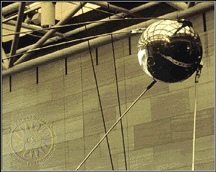Image of Sputnik satellite.
Click on image for full size
National Air and Space Museum
Sputnik
The Soviet Sputnik program consisted of four satellites, three of which reached Earth orbit.
Sputnik 1, launched on Oct.4, 1957, became the first artificial satellite to successfully orbit the Earth. It was a metallic sphere about 2 feet across, weighing 184 lbs (84 kg), with long "whiskers" pointing to one side, and stayed in orbit for 6 months before falling back to Earth. Its rocket booster, weighing 4 tons, also reached orbit and was easily visible from the ground.
The second Sputnik satellite was launched on Nov 3, 1957 and carried a dog, named Laika, into space. Biological data was returned for a week before the animal had to be put to sleep.
The last Sputnik installment was intended to be a space laboratory for study of Earth's magnetic field and radiation belt. After its launch on May 15, 1958, it remained in orbit for nearly two years.
The Sputnik missions all happened during the midst of the Cold War between the U.S.S.R. and the United States. Americans became worried about the Soviet accomplishments and soon the development of space technology became a national priority.
You might also be interested in:

The belts of trapped radiation above the Earth's atmosphere, but within the magnetosphere, were first detected by James Van Allen in 1958. Therefore these belts are also known as Van Allen Belts. When
...more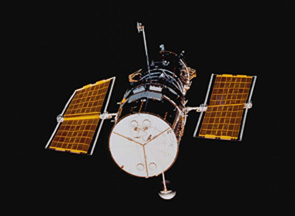
The Hubble Space Telescope (HST) was one of the most important exploration tools of the past two decades, and will continue to serve as a great resource well into the new millennium. The HST is credited
...more
Driven by a recent surge in space research, the Apollo program hoped to add to the accomplishments of the Lunar Orbiter and Surveyor missions of the late 1960's. Apollo 11 was the first mission to succeed
...more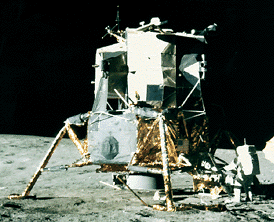
Apollo 12 survived a lightning strike during its launch on Nov. 14, 1969, and arrived at the Moon three days later. Astronauts Charles Conrad and Alan Bean descended to the surface, while Richard Gordon
...more
Apollo 15 marked the start of a new series of missions from the Apollo space program, each capable of exploring more lunar terrain than ever before. Launched on July 26, 1971, Apollo 15 reached the Moon
...more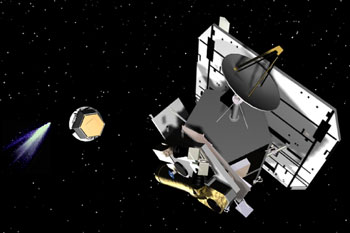
NASA chose Deep Impact to be part of a special series called the Discovery Program on July 7, 1999. In May 2001, Deep Impact was given the "go" from NASA to start with mission development. Deep Impact
...more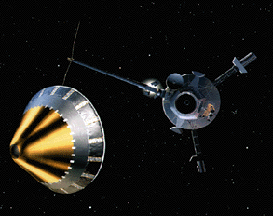
The Galileo spacecraft was launched on October 19, 1989. Galileo had two parts: an orbiter and a descent probe that parachuted into Jupiter's atmosphere. Galileo's primary mission was to explore the Jovian
...more


